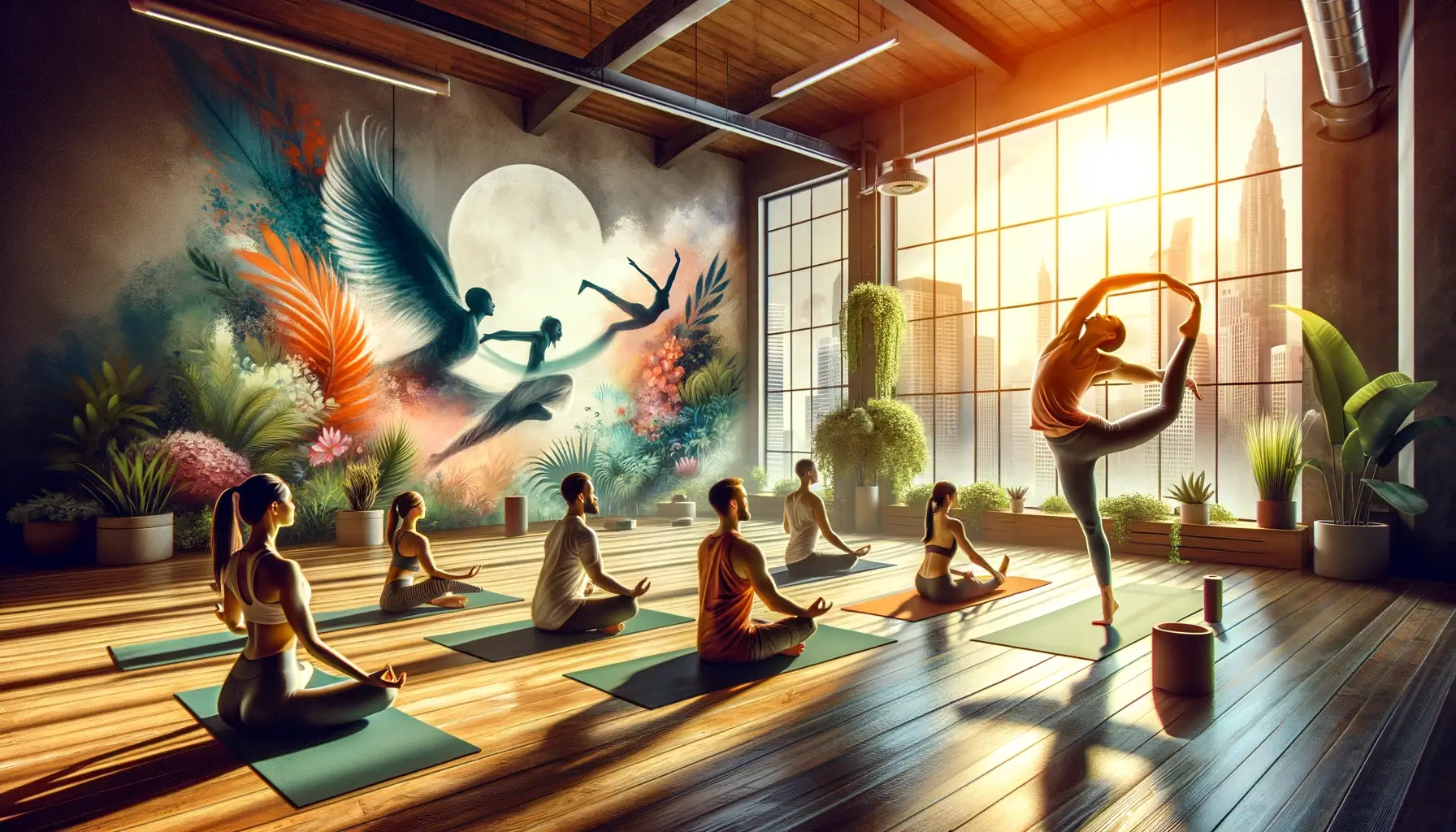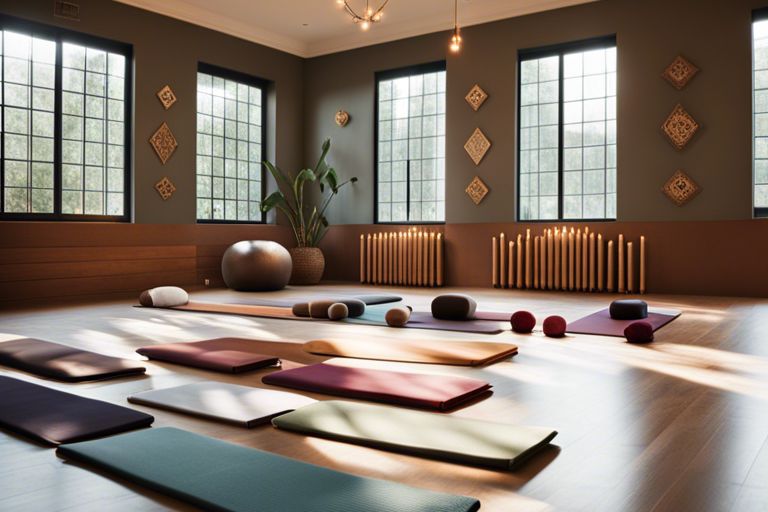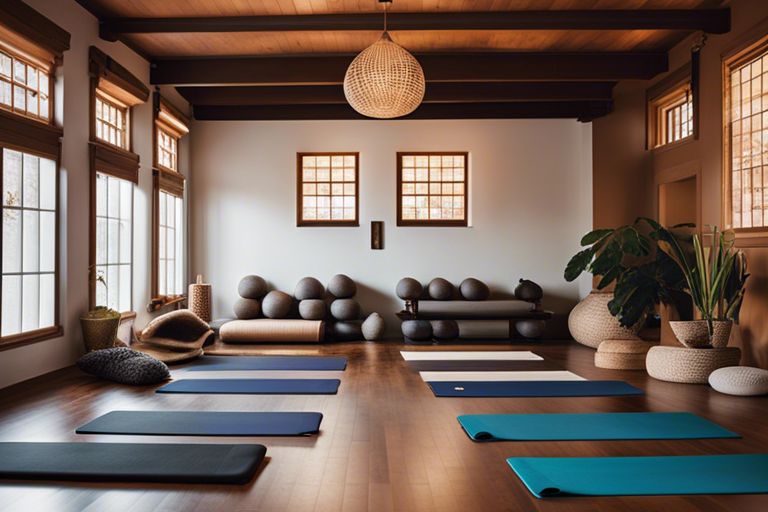Yoga enthusiasts often find themselves faced with a myriad of yoga styles, each with its own unique philosophies and practices. In this comprehensive guide, we will explore various yoga styles to help you discover the one that best suits your needs and preferences. Whether you’re looking for a vigorous physical workout, mental relaxation, or spiritual growth, there is a yoga style out there for you. Understanding the differences between styles such as Hatha, Vinyasa, Ashtanga, and Yin yoga can help you commence on a yoga journey that aligns perfectly with your goals and intentions. Let’s investigate into the world of yoga and find the practice that resonates most with you.
Key Takeaways:
- Variety of Styles: There are numerous yoga styles available, each offering unique benefits and focuses.
- Personal Preference: It is important to explore different yoga styles to find the practice that resonates best with your body, goals, and preferences.
- Experiment and Discover: Trying out various yoga classes and styles can help you discover the one that suits you best and enhances your overall well-being.

The Roots of Yoga
The Origins and Evolution of Yoga
On the journey to finding your yoga practice, it is crucial to understand the roots from which this ancient practice sprouted. Yoga dates back thousands of years, originating in India as a spiritual practice. The word “yoga” comes from the Sanskrit word “yuj,” which means to yoke or unite, symbolizing the connection between mind, body, and spirit.
Over time, yoga has evolved into various styles and forms, each focusing on different aspects of the practice. From the traditional teachings of ancient texts like the Yoga Sutras of Patanjali to the modern adaptations that cater to different needs, yoga continues to adapt and grow while staying true to its core principles of self-awareness and inner peace.
Understanding the Eight Limbs of Yoga
To truly grasp the essence of yoga, one must probe into the philosophy of the Eight Limbs of Yoga as outlined by Patanjali in the Yoga Sutras. These limbs serve as a guide to living a meaningful and purposeful life, encompassing moral codes, self-discipline, physical postures, breath control, sense withdrawal, concentration, meditation, and ultimately, transcending the self to reach enlightenment.
Plus, understanding the Eight Limbs of Yoga helps practitioners cultivate a holistic approach to their practice, integrating not just physical poses (asanas) but also ethical principles, breathwork, meditation, and self-reflection into their daily lives. By embracing all eight limbs, individuals can experience the true transformative power of yoga beyond the physical benefits.

Major Yoga Styles
Hatha Yoga: The Foundation of Physical Practices
Now, when beginning your exploration of yoga, it is important to understand the essence of Hatha Yoga. Hatha Yoga is often considered the foundation of physical yoga practices. It focuses on the alignment of the body through various poses or asanas, alongside breathing techniques or pranayama. This style is excellent for beginners as it provides a gentle introduction to the basic postures and breathing exercises.
On the journey of self-discovery through yoga, Hatha Yoga serves as a grounding practice that helps to build strength, flexibility, and mindfulness. By holding poses for a longer duration and paying close attention to breath control, practitioners can experience a deeper connection between the body and mind, promoting a sense of balance and inner peace.
Vinyasa Yoga: The Flow of Movement and Breath
Now, let’s examine into Vinyasa Yoga, a dynamic and fluid style that synchronizes movement with breath. Vinyasa, also known as flow yoga, offers a continuous sequence of poses that seamlessly transition from one to another. This style emphasizes the connection between breath and movement, creating a flowing meditation in motion.
Styles of Vinyasa Yoga can vary, but all share a common thread of linking breath with movement, fostering a sense of harmony and fluidity in the practice. Practitioners can expect a challenging yet invigorating experience that builds strength, endurance, and concentration while promoting a sense of mindfulness and presence on the mat.

Ashtanga Yoga: The Rigorous Discipline of Power
Yoga practitioners seeking a rigorous and structured practice may find Ashtanga Yoga to be a compelling choice. Ashtanga, often referred to as Power Yoga, follows a specific sequence of poses that are performed in a continuous flow. This demanding style focuses on breath, movement, and drishti (gaze), leading to a meditative and intense practice.
Vinyasa flow is a key element in Ashtanga Yoga, with each movement coordinated with either an inhale or an exhale, creating a dynamic and disciplined flow. The structured nature of Ashtanga provides practitioners with a challenging physical workout while also cultivating mental focus and discipline on and off the mat.
Iyengar Yoga: The Art of Precision and Alignment
Breath is fundamental in the practice of yoga, with each inhalation and exhalation guiding movement and providing a sense of rhythm and stability. Yogic breathing exercises, or pranayama, are often integrated into yoga classes to enhance the mind-body connection, increase concentration, and promote relaxation.
By incorporating specific breathing techniques into the physical practice of yoga, practitioners can deepen their asana practice, improve alignment, and experience a greater sense of clarity and calmness. Breath awareness serves as a powerful tool in yoga, helping individuals to stay present, connect with their inner selves, and cultivate a sense of mindfulness both on and off the mat.

Niche Yoga Practices
To truly immerse yourself in the vast world of yoga, exploring niche yoga practices can provide a unique and enriching experience. These specialized styles cater to specific needs and preferences, offering a diverse range of benefits for practitioners of all levels.
Yin Yoga: The Gentle Path to Flexibility
Yin yoga is a slow-paced, meditative practice that targets the deep connective tissues of the body, such as ligaments and fascia. By holding poses for an extended period, typically 3 to 5 minutes, practitioners can release tension and improve flexibility while cultivating a sense of inner peace and mindfulness.
This gentle form of yoga is suitable for all levels, including beginners and those recovering from injuries. It provides a calming contrast to the fast-paced nature of modern life, encouraging practitioners to listen to their bodies and find stillness amidst the chaos.
Kundalini Yoga: The Awakening of Energy
On the energetic side of the spectrum, Kundalini yoga focuses on the awakening of the dormant energy at the base of the spine. Through a combination of dynamic movements, breathing techniques, chanting, and meditation, practitioners aim to harness this powerful energy to achieve spiritual enlightenment and self-realization.
For instance, Kundalini yoga classes often incorporate kriyas, which are specific sequences of postures, breath, and sound that target different areas of the body and psyche. This holistic approach aims to balance the chakras, or energy centers, and promote mental clarity and emotional well-being.
Bikram Yoga: The Heat of Transformation
Kundalini yoga involves a series of 26 postures and 2 breathing exercises practiced in a room heated to 105°F with 40% humidity. This intense heat is believed to facilitate deeper stretching, detoxification, and increased circulation, leading to improved flexibility, strength, and mental focus.
It is important for practitioners to stay well-hydrated throughout the class and listen to their bodies to prevent overheating. With dedication and perseverance, Bikram yoga can help individuals transform not only their physical bodies but also their mental and emotional well-being.
Restorative Yoga: The Art of Relaxation
On the opposite end of the spectrum, restorative yoga offers a soothing and nurturing practice that focuses on relaxation and deep rest. By using props such as bolsters, blankets, and blocks to support the body in passive poses, practitioners can release tension, calm the nervous system, and restore balance.
This gentle and restful practice is ideal for those dealing with stress, anxiety, or fatigue, as well as anyone seeking a peaceful sanctuary to unwind and recharge. With regular practice, restorative yoga can help cultivate a profound sense of well-being and inner peace.
Integrating Yoga into Your Life
Keep in mind that integrating yoga into your life is not just about attending classes or practicing poses; it’s about adopting a holistic approach to wellness and self-care. Yoga offers a way to connect with your body, mind, and spirit, allowing you to cultivate a sense of balance and harmony in your everyday life.
Choosing the Right Style for Your Goals
The first step in integrating yoga into your life is to choose the right style that aligns with your goals. Whether you’re looking to build strength, increase flexibility, reduce stress, or find spiritual enlightenment, there is a yoga style that can meet your needs. Hatha yoga is a great starting point for beginners, while Vinyasa or Power yoga may be more suitable for those seeking a dynamic and challenging practice.
Building a Consistent Yoga Practice
Right from the start, building a consistent yoga practice is crucial for reaping the full benefits of this ancient practice. Set aside dedicated time each day or week for your yoga practice, whether it’s attending classes at a studio or following online tutorials at home. Consistency is key to progress and growth in your yoga journey.
It is crucial to listen to your body and practice self-care during your yoga sessions. This means honoring your limitations, taking breaks when needed, and seeking guidance from qualified instructors whenever necessary. By building a consistent yoga practice with mindfulness and self-compassion, you will gradually enhance your physical, mental, and emotional well-being.
Final Words
Presently, you are equipped with a comprehensive understanding of various yoga styles that cater to different preferences and needs. Whether you prefer a fast-paced practice like Vinyasa or a more relaxed form such as Yin yoga, there is a style out there for you. Remember that the best way to find your perfect yoga match is through exploration and experimentation. Embrace the journey of self-discovery, and let your intuition guide you towards the practice that resonates the most with your mind, body, and spirit. Whatever style you choose, the benefits of yoga are endless, and the important thing is to find a practice that brings you joy and fulfillment. So, go ahead and initiate on your yoga journey with an open mind and an eager heart, and may you find peace, balance, and harmony along the way. Namaste.
FAQ
Q: What is the purpose of ‘Finding Your Yoga – A Guide to Different Yoga Styles’?
A: The purpose of ‘Finding Your Yoga – A Guide to Different Yoga Styles’ is to help individuals explore and understand the various types of yoga practices available, guiding them to find the style that best suits their needs and preferences.
Q: How many different yoga styles are covered in the guide?
A: The guide covers a wide range of yoga styles, including popular ones such as Hatha, Vinyasa, Ashtanga, Kundalini, Bikram, and more, providing detailed descriptions and insights into each style.
Q: How can this guide help beginners in their yoga journey?
A: For beginners, this guide serves as a valuable resource to learn about the different yoga styles, their benefits, and what to expect from each practice. It can help beginners make an informed decision on which style to start with based on their goals and preferences.
Q: Is ‘Finding Your Yoga’ suitable for experienced yogis as well?
A: Yes, even experienced yogis can benefit from ‘Finding Your Yoga’ as it offers in-depth information on a wide range of yoga styles, allowing them to explore new practices, deepen their understanding, and possibly find a style that resonates with them on a different level.
Q: How can one access ‘Finding Your Yoga – A Guide to Different Yoga Styles’?
A: ‘Finding Your Yoga’ can be accessed either in digital format as an e-book or in print. It is readily available for purchase online or at selected bookstores, making it easily accessible for anyone interested in expanding their knowledge of yoga.

